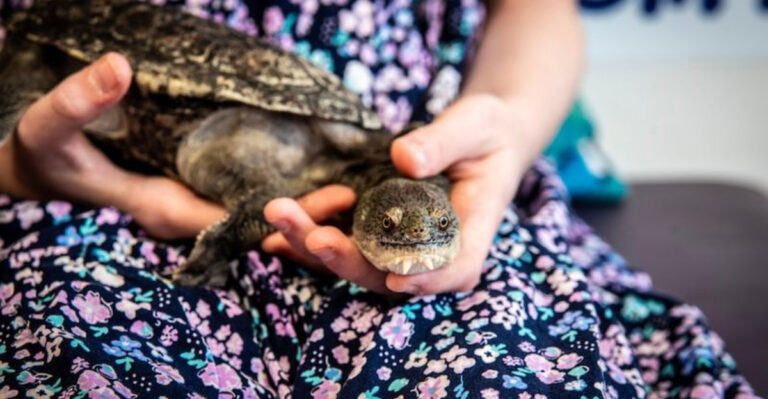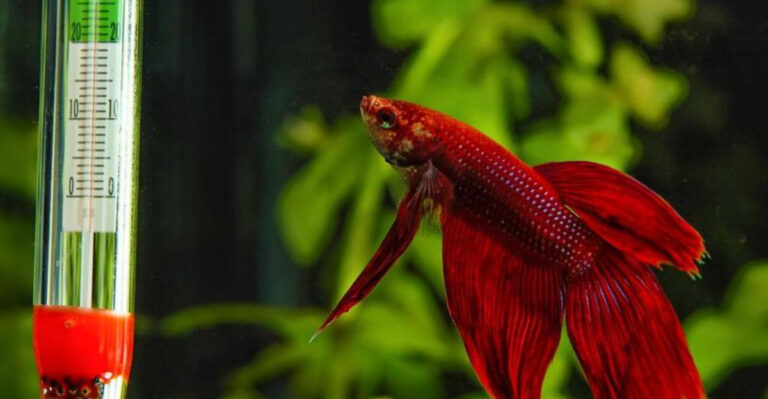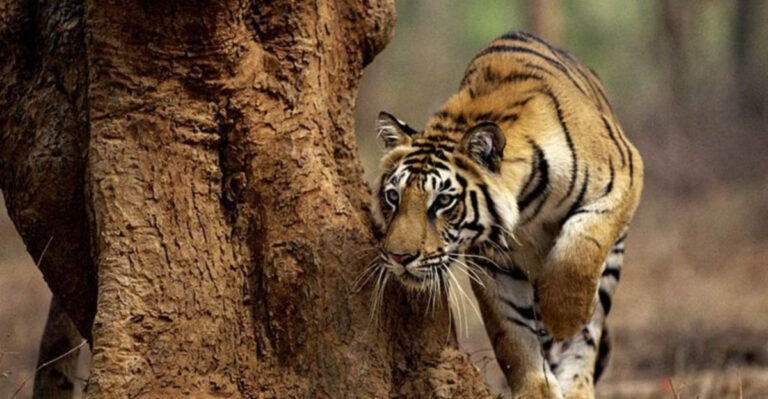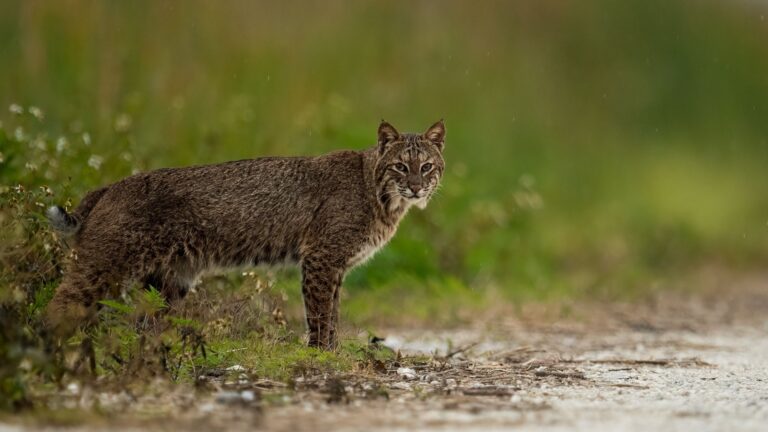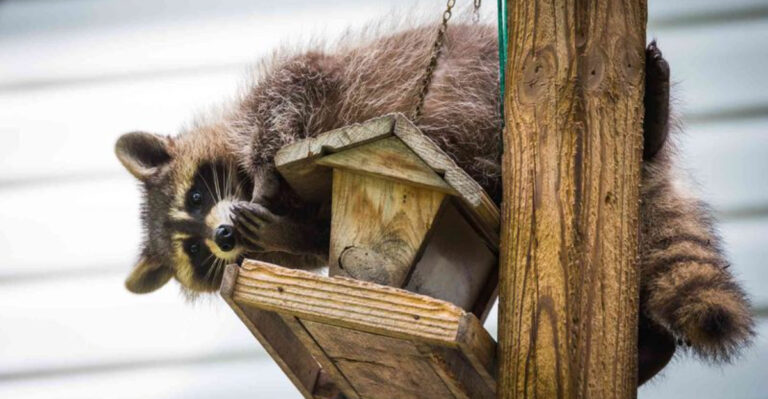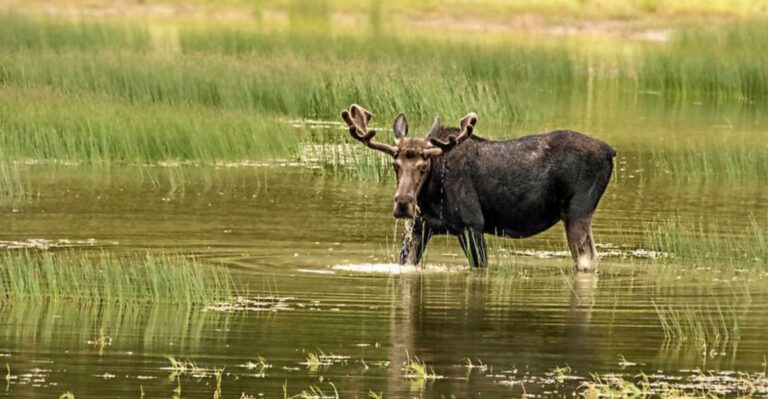Ways Koalas Adapt To Australia’s Harsh Climate This National Wild Koala Day
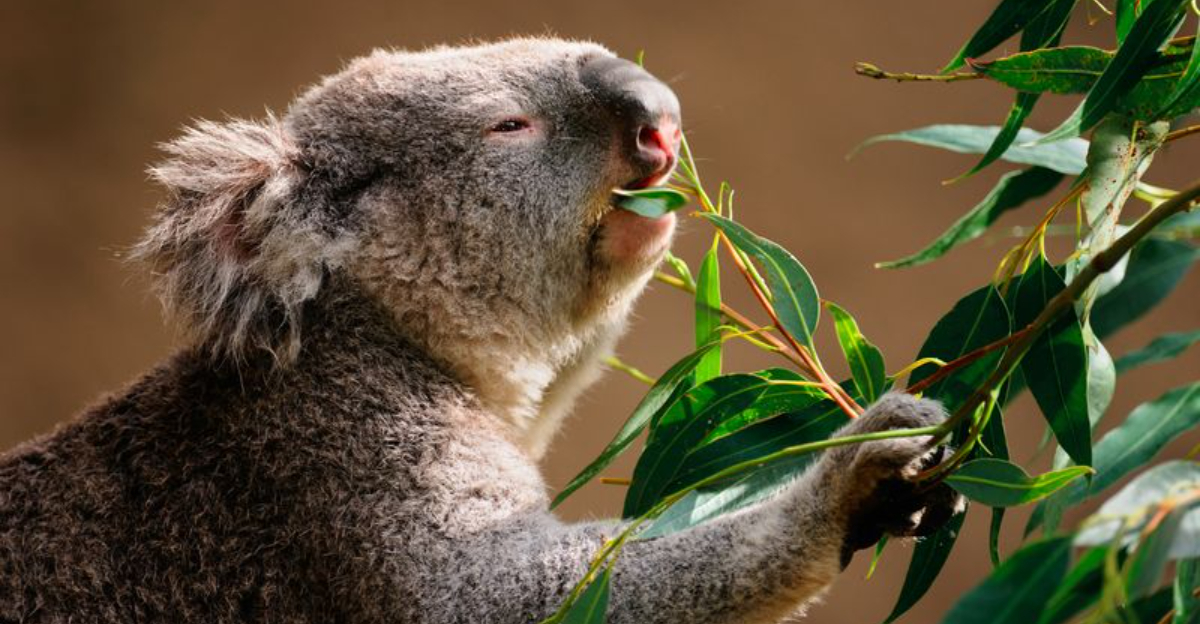
Surviving in Australia’s unforgiving bush requires special skills, and few creatures showcase remarkable adaptation like the koala.
These iconic marsupials have evolved fascinating ways to thrive despite scorching heat, limited water, and nutrient-poor food sources. As we celebrate National Wild Koala Day, let’s explore the incredible survival tactics these fuzzy eucalyptus enthusiasts use to beat the harsh Australian conditions.
1. Water-Wise Eucalyptus Munchers
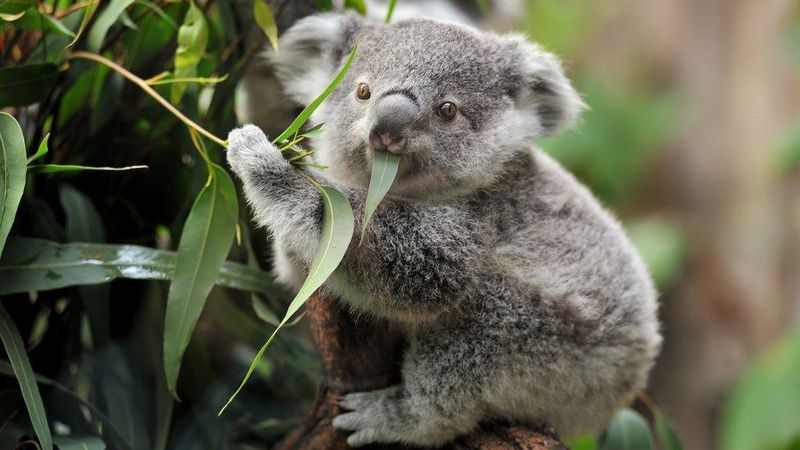
Ever wonder how koalas survive without drinking much water? Their secret lies in their diet! Eucalyptus leaves contain about 55% water content, providing most of the hydration koalas need.
During extreme drought, morning dew on leaves offers extra moisture. This clever adaptation means koalas rarely need to leave trees to find water sources, keeping them safe from ground predators.
2. Built-In Thermal Regulation Fur
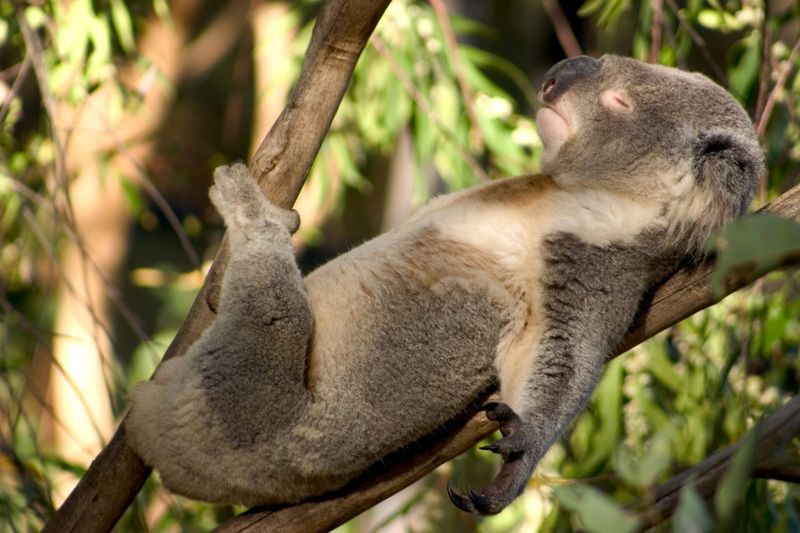
Talk about smart outerwear! A koala’s fur works like a high-tech jacket, with woolly undercoat for insulation and coarser guard hairs that repel rainfall. The fur on their backs is thicker to shield them from harsh sun.
Meanwhile, their belly fur is shorter and lighter, allowing heat to escape when they sprawl against cool tree trunks. This natural temperature control system helps them handle Australia’s extreme temperature swings.
3. Moisture-Conserving Kidneys
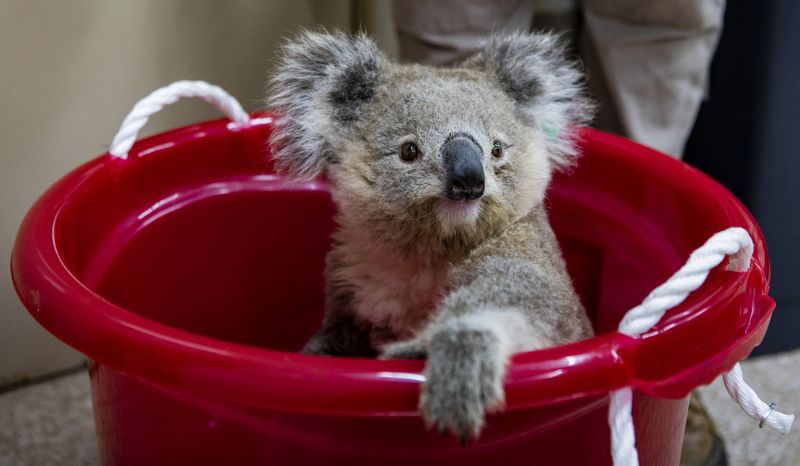
Inside these fuzzy creatures lies an impressive water conservation system. Koala kidneys have evolved to produce highly concentrated urine, minimizing water loss while efficiently removing toxins from their eucalyptus-heavy diet.
This remarkable internal plumbing allows them to survive extended dry periods without drinking. Their specialized digestive system extracts maximum moisture from food, recycling every precious drop in Australia’s drought-prone environment.
4. Heat-Dodging Sleep Schedule
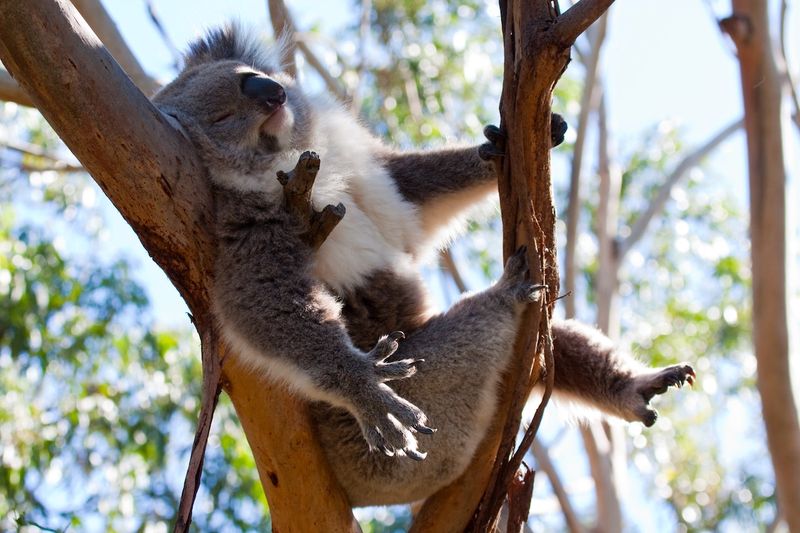
Smart nappers! Koalas have mastered the art of dodging Australia’s brutal midday heat by sleeping up to 20 hours daily, primarily during the hottest parts of the day.
They become most active during cooler evenings and early mornings when temperatures drop. This clever scheduling minimizes their exposure to heat stress and reduces water loss through excessive panting. It’s like having a built-in siesta system perfectly tuned to Australia’s climate.
5. Specialized Cooling Behaviors
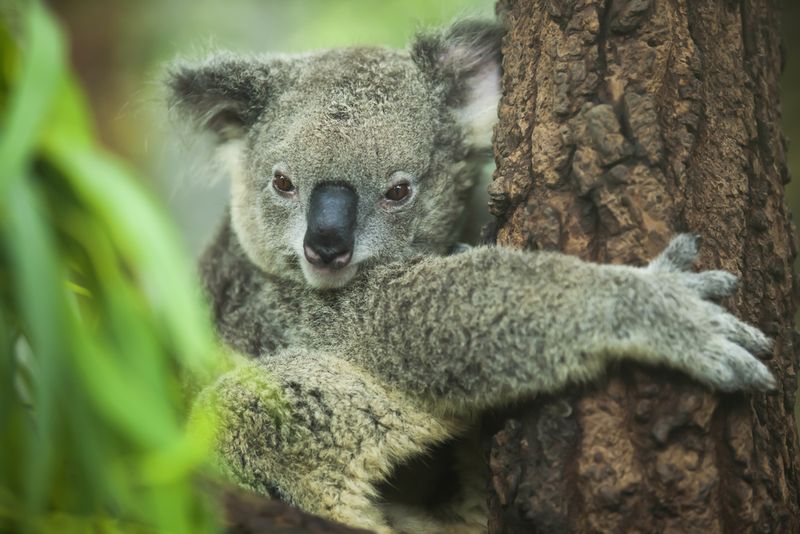
When temperatures soar, koalas don’t sweat it—literally! Instead, they employ clever cooling methods like hugging tree trunks. Trees act as natural air conditioners, drawing cool water from the ground.
Koalas also lick their forearms, using evaporative cooling as the moisture evaporates. During extreme heat waves, they’ll descend to lower, cooler parts of trees or even seek shade on the ground—a rare behavior showing their remarkable heat adaptation.
6. Tough-As-Nails Digestive System
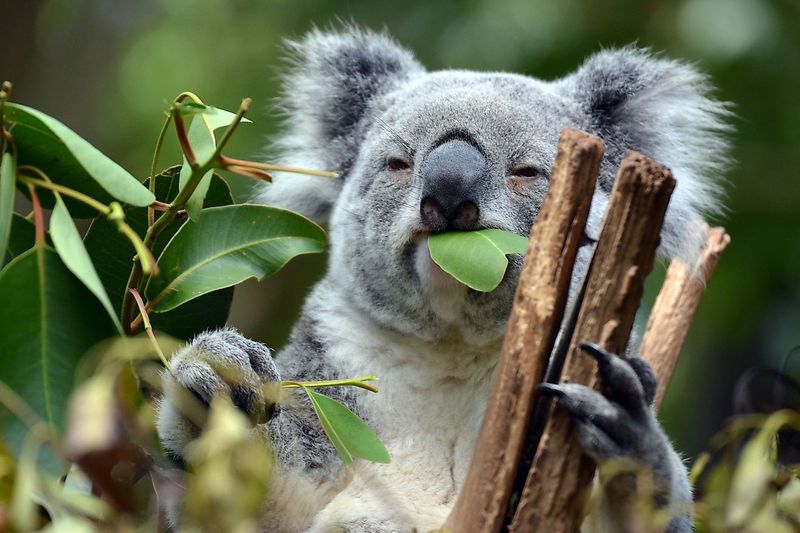
Imagine eating food that’s toxic to most creatures! Koalas possess specialized gut bacteria that break down eucalyptus toxins that would poison other animals. Their extra-long digestive tract allows maximum nutrient extraction from these low-calorie leaves.
A special adaptation called a cecum—similar to an appendix but much larger—houses these helpful bacteria. This powerful digestive system turns a poisonous plant into life-sustaining food, letting koalas access a food source with virtually no competition.
7. Water-Efficient Metabolism
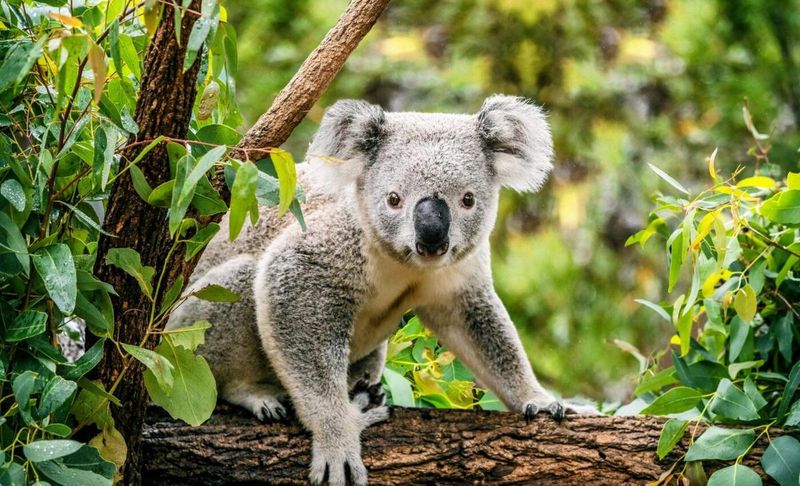
Running on low fuel is a koala specialty! Their remarkably slow metabolism conserves energy and reduces water needs—perfect for Australia’s unpredictable climate. They burn calories at just 50% the rate you’d expect for their size.
This energy-saving mode means they need less food and water than similar-sized animals. Combined with long rest periods, this sluggish metabolism is actually a superpower that helps them survive when resources are scarce in the harsh Australian bush.
8. Drought-Detecting Taste Buds
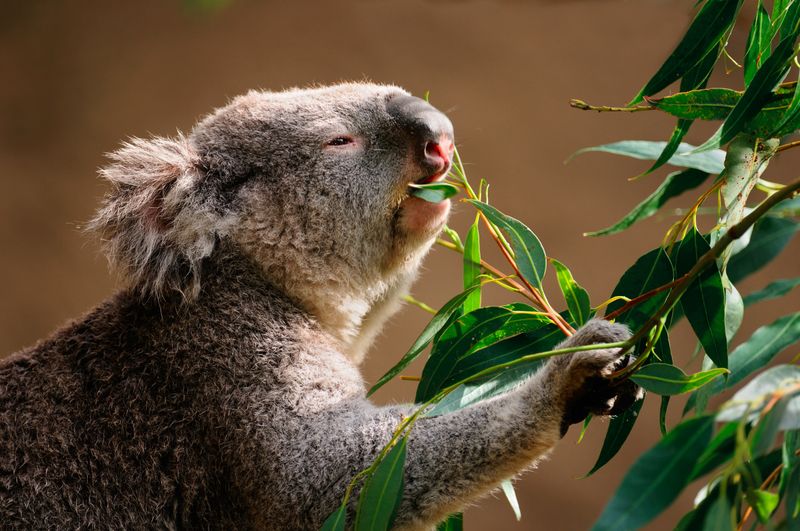
Those cute little noses hide sophisticated moisture detectors! Koalas can actually taste the water content in eucalyptus leaves, helping them select the juiciest options during dry spells.
They prefer leaves with at least 55% water content, instinctively avoiding drier leaves that provide insufficient hydration. This remarkable ability to assess moisture levels before eating ensures they maximize water intake during Australia’s frequent droughts, when every drop counts.
9. Extreme Temperature Tolerance
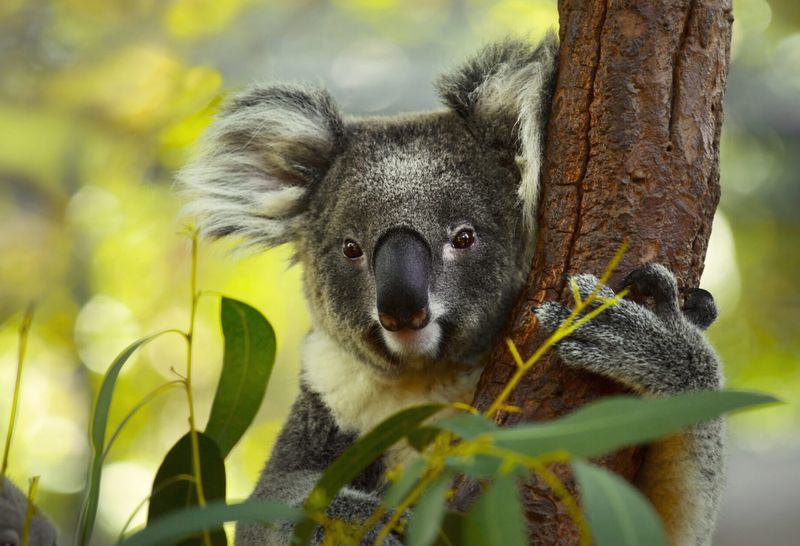
From scorching summers to chilly nights, koalas handle it all! Their remarkable ability to endure temperature extremes exceeds many other mammals. In summer heat reaching 104°F (40°C), they remain active when many creatures seek shelter.
During cold snaps, their dense fur provides superior insulation. This wide temperature tolerance is crucial in Australia’s variable climate, where a single day might swing from near-freezing dawn to blazing afternoon heat, especially in eucalyptus forests.
10. Drought-Resistant Home Selection
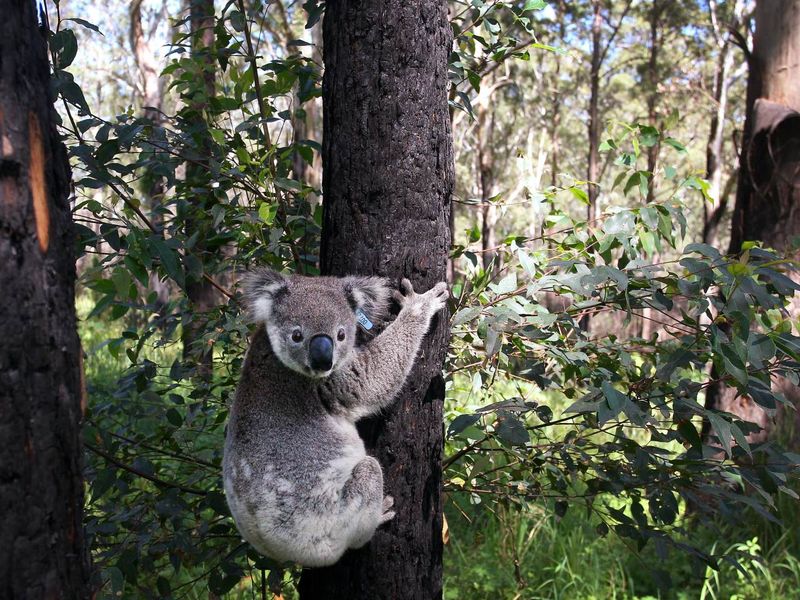
Location, location, location! Koalas don’t choose trees randomly—they’re skilled real estate experts. They prefer trees with higher water content, often selecting species growing near water sources.
During droughts, they gravitate toward river red gums and other moisture-loving eucalyptus varieties. They also select trees with denser canopies that provide better shade. This strategic home selection ensures better survival during Australia’s increasingly frequent drought periods.
11. Specialized Grip Adaptations
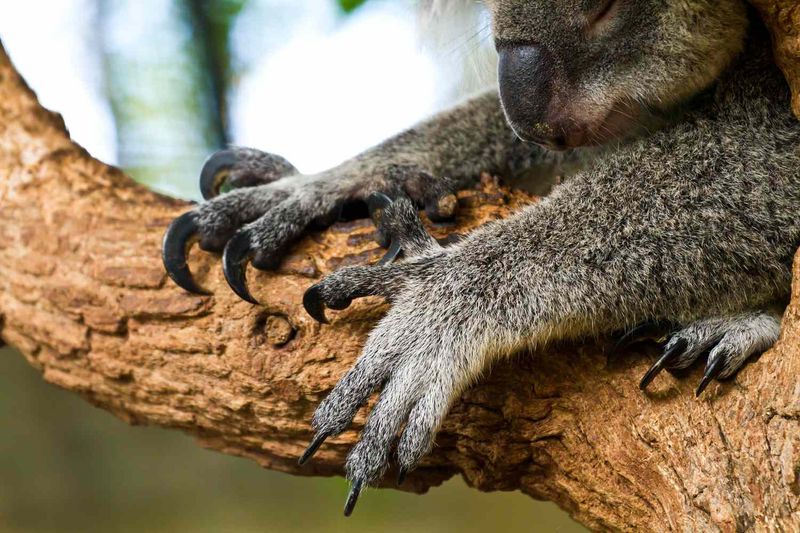
Those adorable paws pack serious climbing power! Koalas have developed rough paw pads with unique patterns similar to human fingerprints, providing excellent grip on smooth eucalyptus bark.
Their front paws feature two opposable thumbs, while their back feet have opposable big toes. These adaptations allow them to maintain secure tree positions even during sleep, keeping them safely elevated from ground predators and heat while conserving energy they’d otherwise use for constant repositioning.
12. Toxin-Filtering Liver Function
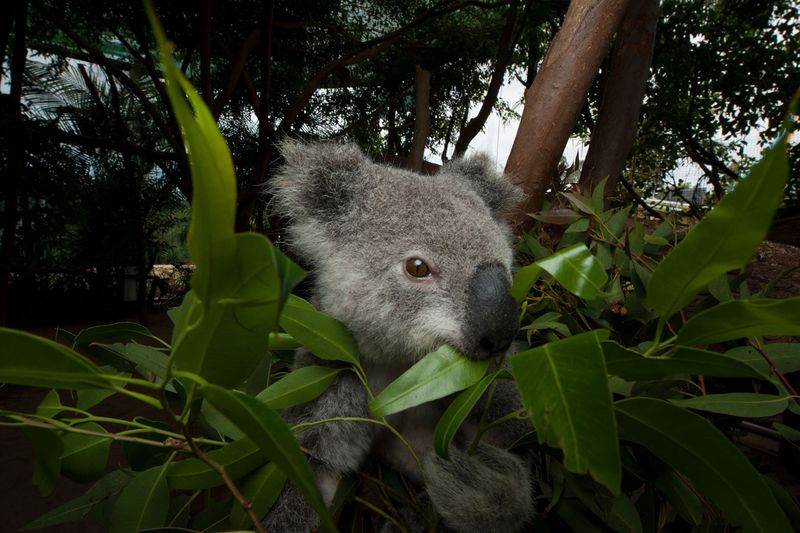
Beneath that fuzzy exterior lies a detoxification powerhouse! The koala liver works overtime processing eucalyptus toxins that would kill most mammals. Their specialized liver enzymes neutralize harmful compounds like cyanide-generating glycosides.
This super-charged filtering system allows them to consume up to a pound of toxic leaves daily without harm. It’s like having a built-in poison control center that turns dangerous plants into their exclusive food source—a brilliant adaptation in Australia’s competitive ecosystem.
13. Scent-Based Hydration Mapping
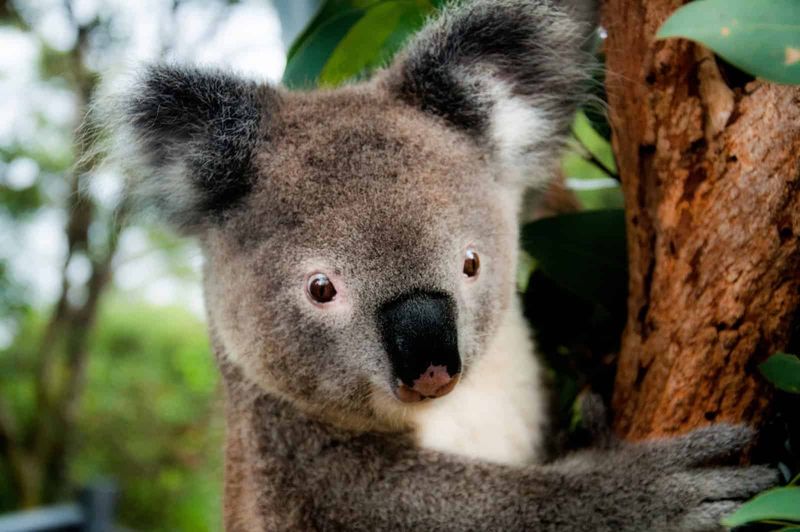
Following their nose to moisture! Koalas possess an extraordinary ability to smell water content in leaves from considerable distances. Their large, leathery noses contain specialized receptors that detect subtle moisture variations.
This remarkable sense helps them map hydration sources throughout their territory. During droughts, they navigate directly to trees with higher water content, sometimes traveling surprising distances to reach these moisture-rich oases in Australia’s parched landscape.
14. Energy-Preserving Movement Patterns
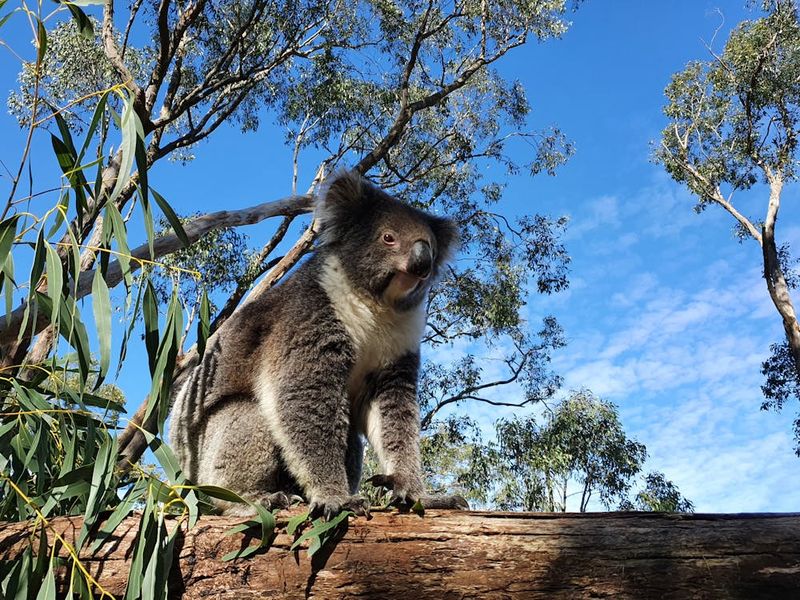
Slow and steady wins the survival race! Koalas move deliberately to conserve precious energy and water. Their unhurried climbing and careful movements minimize sweating and respiratory water loss.
They typically change trees only every 2-3 days, reducing exposure to predators and heat. When forced to travel on ground between trees, they move at dawn or dusk to avoid the scorching Australian sun. This methodical approach to movement is perfectly suited to their resource-limited environment.

